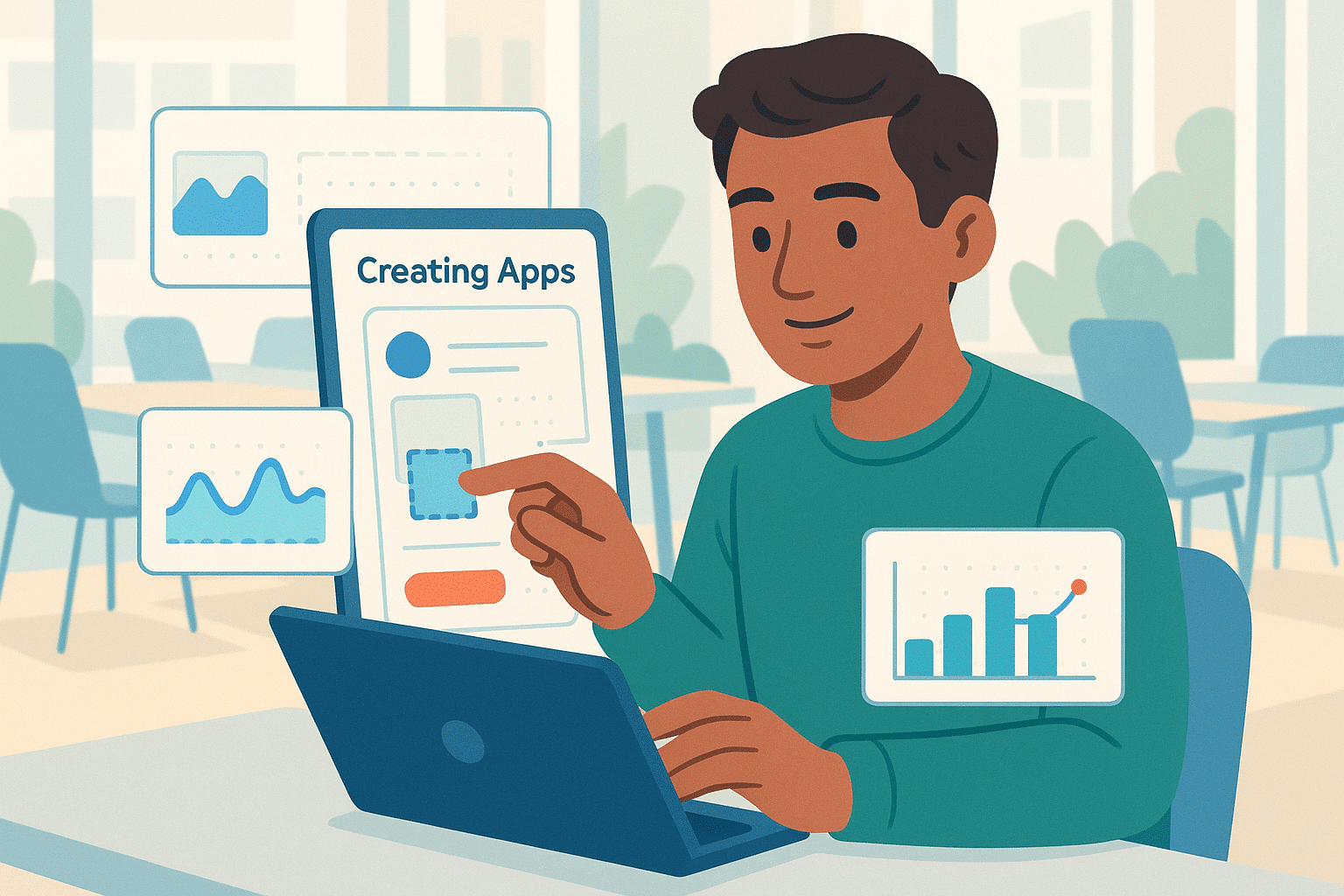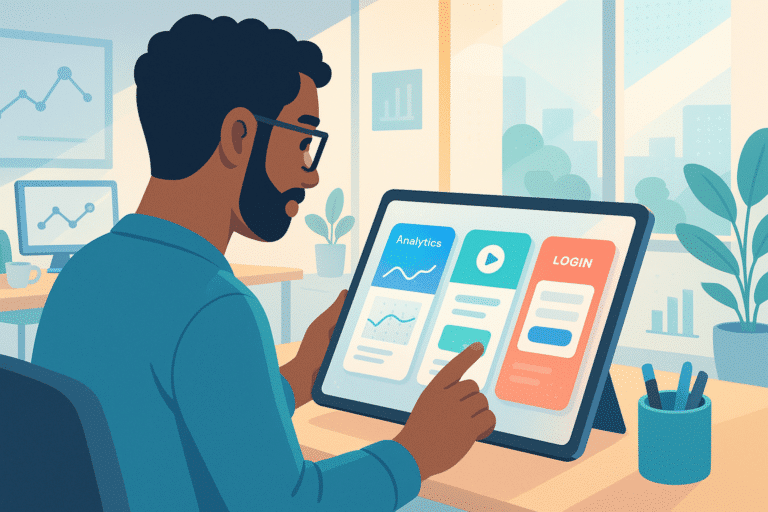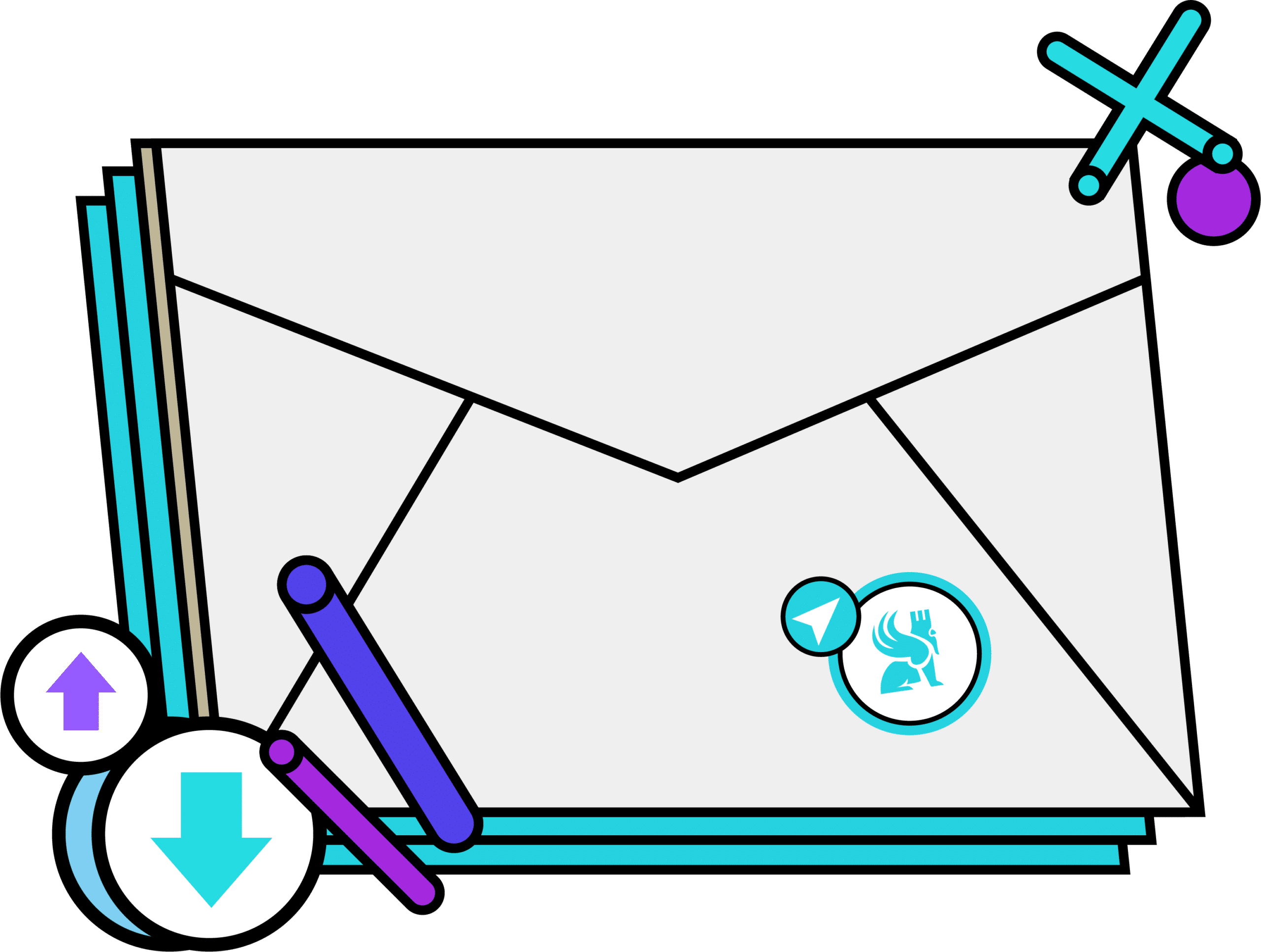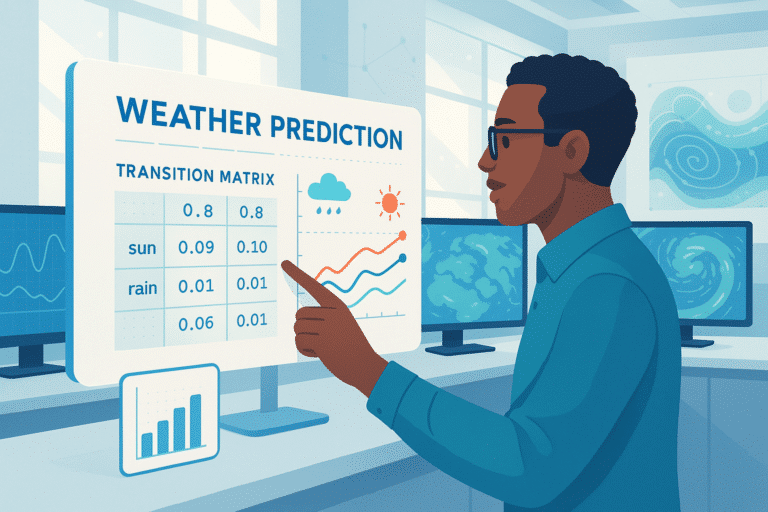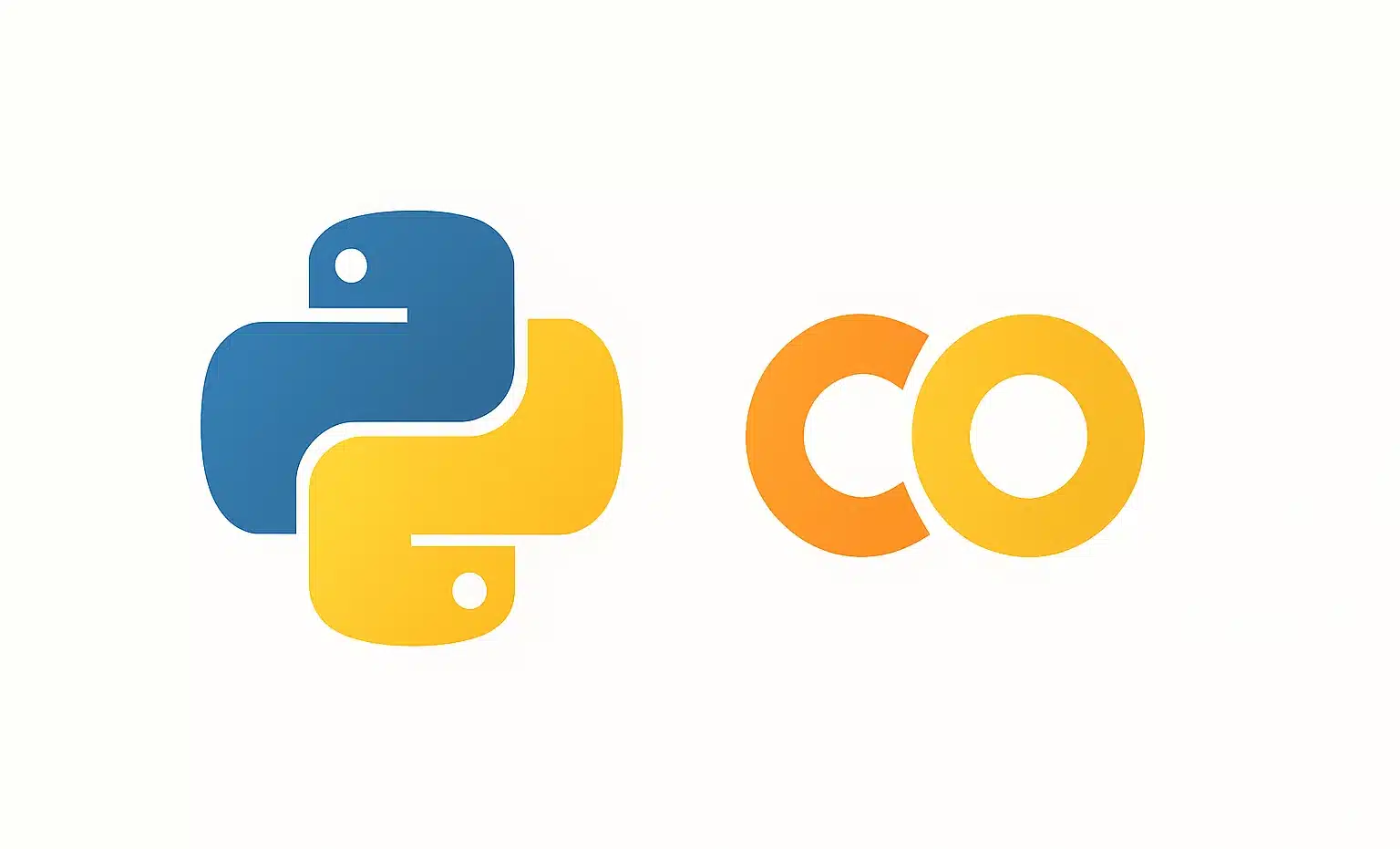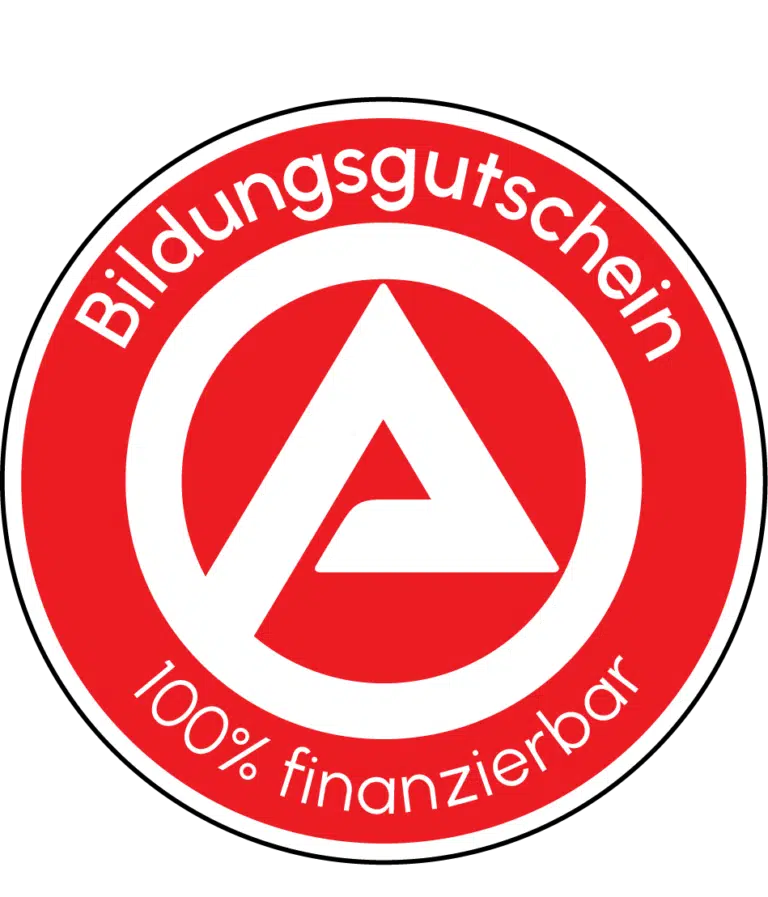No Code is revolutionizing digital creation by allowing the design of applications, websites, and automations without writing a single line of code. Accessible to everyone, fast, and economical, this movement is reshaping jobs and unlocking new opportunities. In this article, we walk you through No Code step by step, from understanding its uses and getting started, to discovering the innovations that accompany it.
What is No Code?
Definition of No Code
No Code is an innovative approach that enables the creation of applications, websites, or automations without the need to write a single line of code. Through simple and intuitive visual interfaces, often utilizing drag-and-drop functionality, you can design your digital projects even without technical skills. This method grants you valuable autonomy and eliminates the traditional barrier of development.
Why is No Code rapidly developing?
No Code is on the rise for several reasons. Firstly, it democratizes digital creation, making it accessible to everyone, whether you’re an entrepreneur, marketer, or simply curious. Secondly, it greatly accelerates delivery times, enabling you to quickly transition from idea to launch while cutting costs. Lastly, this method offers great flexibility, allowing you to modify your tools over time without waiting for assistance from a developer.
Difference between No Code and Low Code
Here are the main differences between No Code and Low Code:
- No Code requires absolutely no programming skills. You rely solely on visual interfaces to build your projects.
- Low Code combines a visual interface with the ability to add custom code, providing more power and flexibility, especially for developers.
Therefore, No Code aims to democratize creation for everyone, while Low Code is more suited to technical profiles seeking to accelerate their developments.
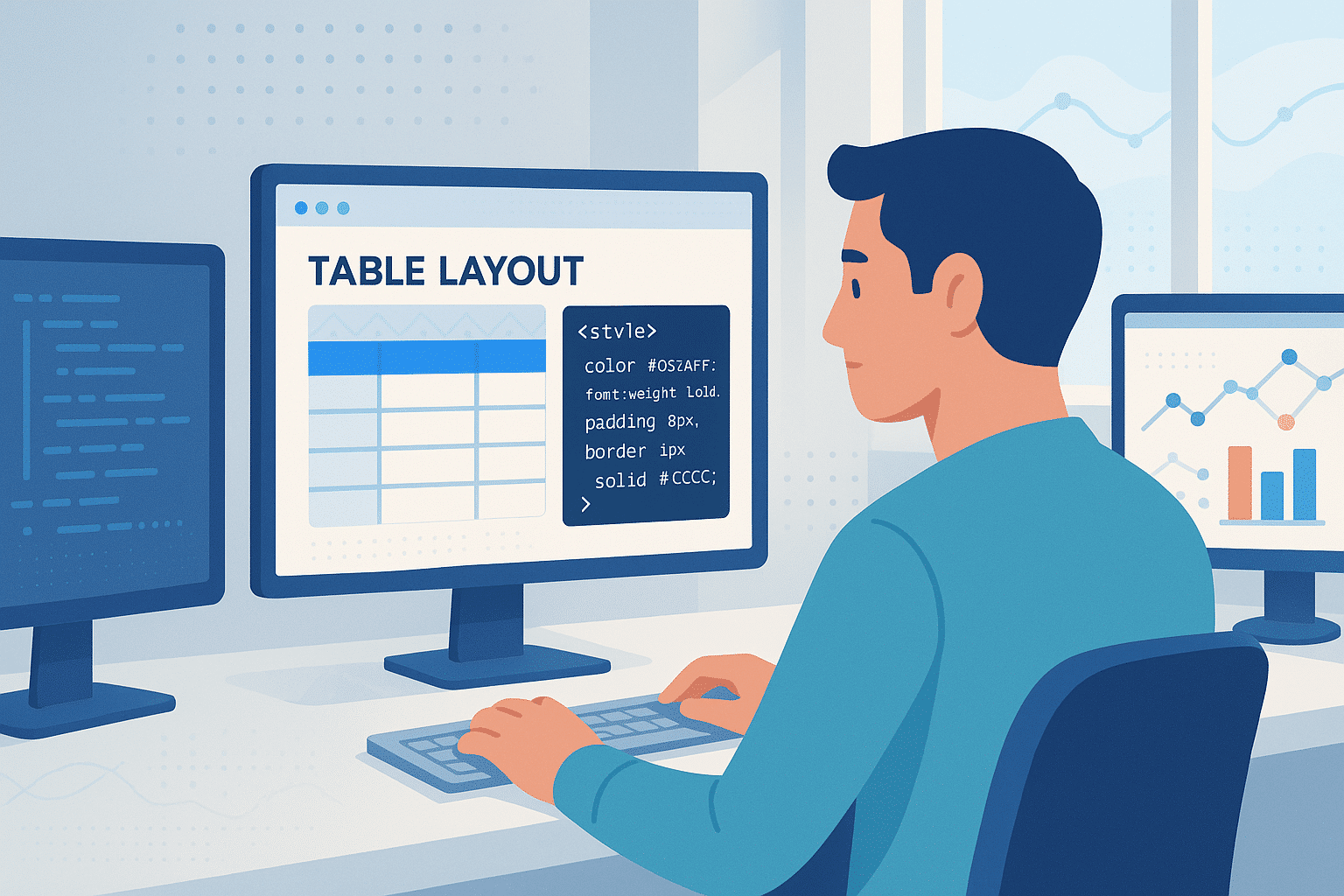
What are the best No Code tools in 2025?
| Tool | Main Use | Brief Description |
|---|---|---|
| Webflow | Website creation | A visual web design platform that lets you build responsive, elegant websites with clean code. |
| Bubble | Web and mobile apps | Enables you to build interactive, scalable web apps without code, including database and API management. |
| Airtable | Database management | Combines the simplicity of a spreadsheet with the power of a database to manage projects and collaboration. |
| Zapier & Make | Task automation | Connect your apps to automate workflows and eliminate repetitive tasks. |
| Glide, Flutterflow, Bravo Studio | Mobile app creation | Platforms to design native or hybrid apps from data or designs — no coding required. |
| Notion | Project management & documentation | All-in-one tool to organize notes, projects, and custom databases — ideal for collaborative work. |
| WeWeb, Xano | Complementary tools | WeWeb helps you build interactive frontends without code; Xano provides a powerful no-code backend. |
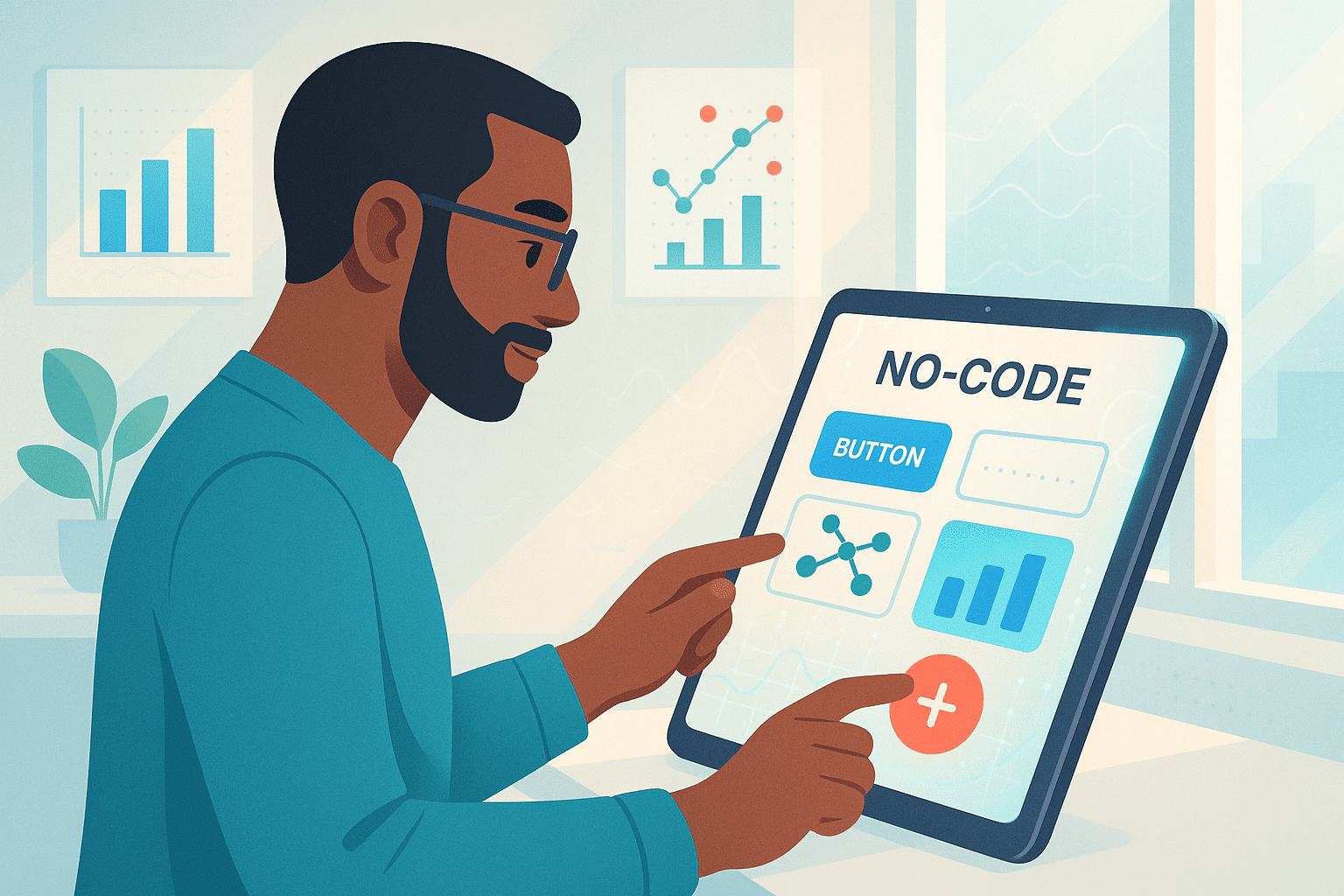
How do I get started with No Code?
Choosing the right platform for your project
To start with No Code, it is crucial to pick a platform that aligns with your project. Each tool has its unique features and strengths. For instance, if you want to create a website with a sleek and powerful design, Webflow would be a wise choice. For more complex web applications, Bubble offers great flexibility without needing to code. If your focus is on database management or team collaboration, Airtable is ideal. Finally, for automating repetitive tasks across multiple applications, tools like Zapier or Make provide efficient solutions. The choice of platform influences your work comfort, the power of your application, and its ability to evolve.
Steps to create your first No Code application
To create your first No Code application, follow these simple but crucial steps:
- Clearly define your project, its objectives, and the features you want to incorporate.
- Choose the platform that best suits your requirements, depending on the application type and complexity.
- Design the user interface with the provided visual tools, which are often very intuitive and drag-and-drop based.
- Add functionalities, such as databases, automations, or integrations with other services via API.
- Test your application to ensure everything works properly, then adjust necessary elements prior to deployment.
This step-by-step approach will allow you to progress with confidence, even if you’re a beginner.
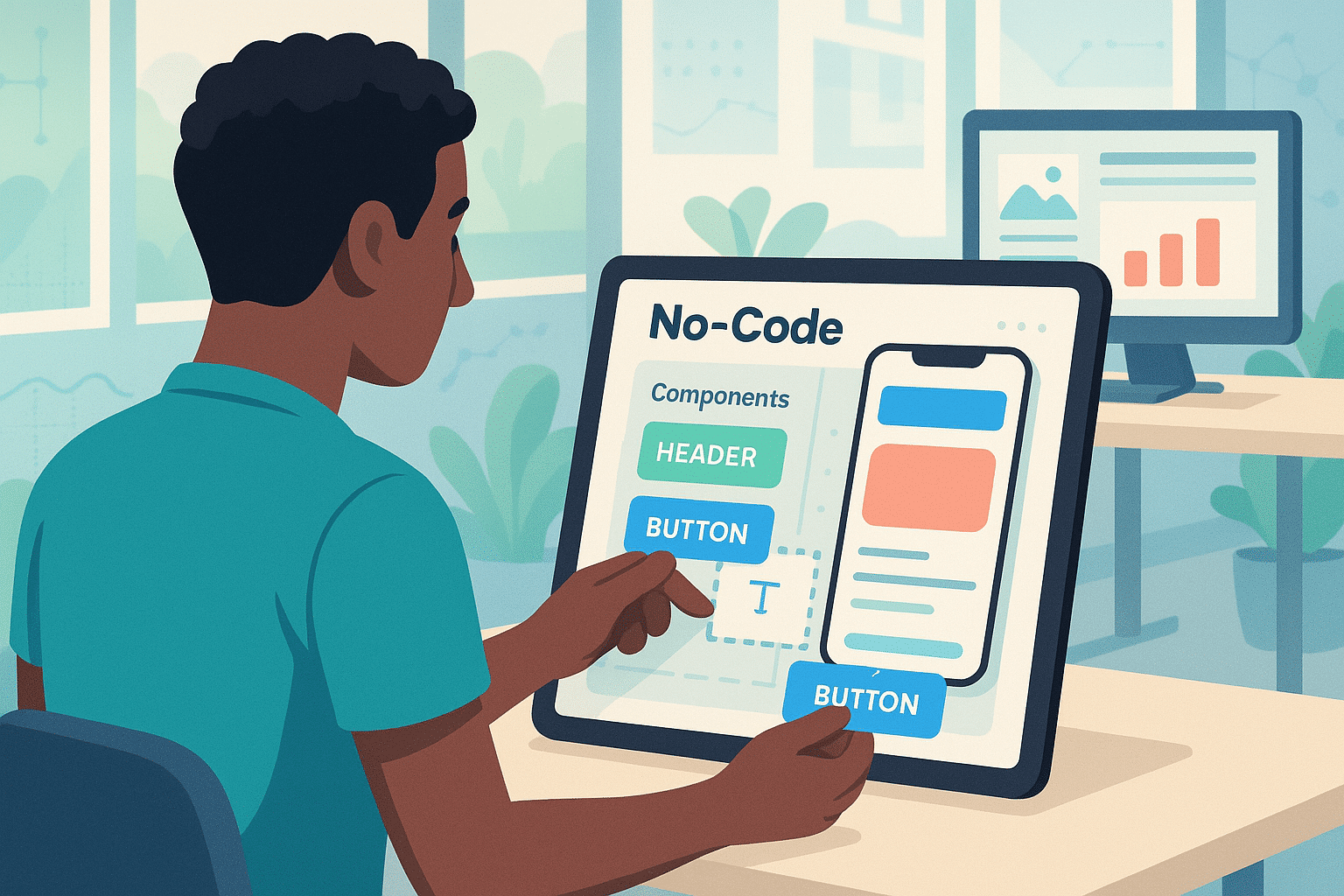
Careers associated with No Code
No Code isn’t limited to technicians. On the contrary, it primarily targets citizen developers, business professionals who wish to create or adapt their own tools without waiting for a technical team. Among the profiles concerned are marketing managers, who can automate their campaigns; project managers, who can craft customized tracking dashboards; and entrepreneurs, who can rapidly develop prototypes. This movement fosters a new generation of professionals capable of merging business insight with digital tool expertise, thus accelerating the digital transformation of organizations.
Trends and innovations in No Code in 2025
No Code and Artificial Intelligence
In 2025, the power of No Code is enhanced with the incorporation of Artificial Intelligence. You can now create intelligent applications without any programming skills by utilizing platforms that offer machine learning features through user-friendly interfaces. These tools enable you to add predictive analysis, image recognition, or natural language processing by simply adjusting settings. This integration opens unexpected possibilities to automate and optimize your processes while maintaining control over your creation.
Advanced Automation and Integrations
Automation continues to grow more sophisticated. No Code platforms integrate the capability to create complex workflows, connecting a multitude of applications and services. You can orchestrate entire business processes, reduce manual tasks, and minimize errors while saving valuable time. Tools like Make are at the cutting edge of these capabilities, offering an impressive range of integrations and precise control over action sequences. These advancements allow you to go far beyond simple traditional automations.
Conclusion
No Code is more than just a trend: it signifies a true transformation in how digital tools are created. It offers speed, autonomy, and simplicity, enabling a broad audience to innovate without technical barriers. By mastering the right platforms and steps, you can quickly launch your projects and evolve them effortlessly. Advances in artificial intelligence and automation make this field even more promising for 2025. Don’t hesitate any longer, explore No Code, and bring your ideas to life with agility and efficiency.
